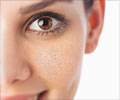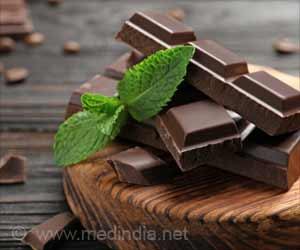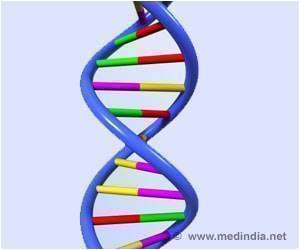Wrinkles, creases, sagging skin make many dread the onset of old age, but researchers say that some of the anti-aging methods available in the market will get rid of these unwanted signs of aging.
Wrinkles, deep creases, sagging skin around the mouth and neck make many dread the onset of old age, but researchers provide evidence that some of the anti-aging methods available in the market are a sure way to get rid of these unwanted signs of aging.
US scientists assessed a decade of studies and observed that these wrinkles and creases are caused due to collagen collapse inside the skin and some existing non-invasive treatments effectively counteract the damage by stimulating the renewal of new, youthful collagen.Expert dermatologists believe that genetics account for only 20 percent of natural aging, with 80 percent thought to be from accumulated sun exposure.
At the American Academy of Dermatology's Summer Academy Meeting 2008 in Chicago, dermatologist Arielle N.B. Kauvar, MD, FAAD, clinical associate professor of dermatology at New York University School of Medicine in New York, discussed the latest non-surgical options in skin rejuvenation for treating photo damage and pigmentation problems, wrinkles and textural changes, and loose skin.
"As we age, the majority of these skin problems are a direct result of long-term sun exposure," said Dr. Kauvar. "Also, the loss and movement of the underlying fat layer of the skin over time causes us to lose volume in our skin -- creating that 'sunken in' look. Fortunately, we now have a number of minimally invasive procedures that can be used either alone or in combination to combat the telltale signs of aging."
Different types of minimally invasive lasers and light sources can be used to treat pigmentation problems. Generally, these technologies work by selectively targeting the affected areas of the skin with varying wavelengths and pulse durations without injuring the top layer of skin. Dr. Kauvar said that the KTP, Nd: YAG and Alexandrite lasers work well on areas of the skin affected by noticeable changes in pigmentation, such as sunspots or blotchy skin. Intense Pulsed Light sources (IPLs) target both vascular and pigmentation changes on the skin, and the pulsed-dye and pulsed-KTP lasers also are used for vascular conditions.
Peeling techniques like microdermabrasion or light chemical peels are minimally invasive options for removing the accumulated layer of dead skin cells that give the skin a dull appearance. According to Dr. Kauvar these peeling procedures can improve the overall radiance of the skin and also remove some of the abnormal pigmentation from sun damage.
For patients with deep wrinkles and scars, fractional ablative lasers are considered comparable to the traditional ablative lasers, such as the CO2 laser that is considered the gold standard in laser skin resurfacing.
“Fillers are an excellent option for softening angular lines, filling the hollows under the eyes and early jowl formation, and correcting deep smile lines," said Dr. Kauvar. "A patient with more advanced aging could benefit from a combination of procedures, such as lasers and fillers, to improve the overall appearance of their skin," Dr Kauvar added.
"For the average person with mild-to-moderate skin problems, minimally invasive skin rejuvenation offers a range of options to slow down or reverse the aging process," said Dr. Kauvar. "Your dermatologist can help you decide what procedures are right for you."
Source-Medindia
THK/M
 MEDINDIA
MEDINDIA


 Email
Email










